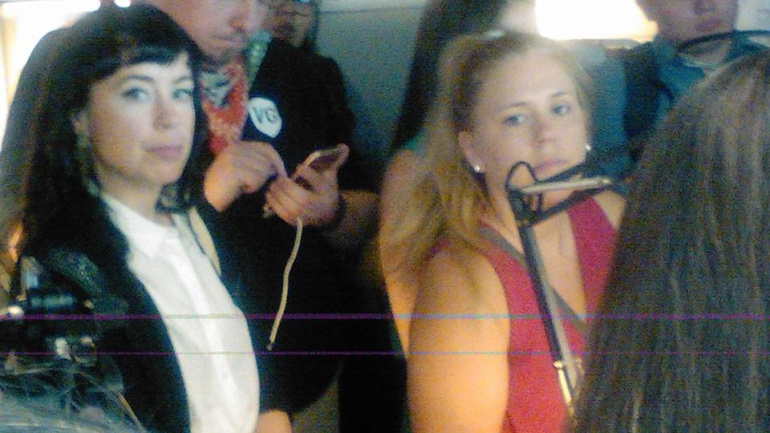by AJ Earl
For a majority of Indigenous people in the United States, interpersonal violence is a sad fact of life. In 2016, the National Institute of Justice reported that 84 percent of Native Americans were the victims of violence.
Compared to the national average, Native Americans are two times as likely to be the victim of sexual assault or rape, two and a half times more likely to be the target of violent crimes, and five times more likely to be the victim of homicide.
Contributing to this epidemic of violence are structural issues, including distance/remoteness of their home communities, the smallness/closeness of these communities and a fear of revenge, and difficulties with police that includes limited numbers and mutual mistrust.
Efforts to turn around violence in communities is often complicated further by legislative and judicial hurdles, as well. At the Supreme Court, decisions like Oliphant v. Suquamish Indian Tribe (1978) have made prosecuting non-native perpetrators of violence impossible to prosecute unless given congressional approval.
In the 2013 reauthorization of the Violence Against Women Act, trial programs were finally implemented that allowed tribes to have this jurisdiction. These programs, however, are few in number, and it is yet to be seen if they stem a still-flowing tide of violence.
When violence does happen and it is in the public’s interest to cover a particular case, journalists should be aware of the sensitivity necessary in covering the subject. This is even more important when it means interviewing victims of such violence.
In order to adhere to ethical standards, such as those in the Society for Professional Journalists’ Code of Ethics, journalists should familiarize themselves with the following tips:
Safety
Acknowledging the safety needs of a survivor first and foremost is key to covering violence. It is important that you not harm the survivor, so listening to their concerns with compassion and consideration is vital.
It is also important that you make it clear that by coming forward, the survivor is exposing their story to the world, including those that might retaliate, including family, the perpetrator or associates of the perpetrator. Giving the survivor all the information necessary before requesting consent is a precondition to any interview.
Acknowledgment
Coming forward as a survivor of violence is an act of immense courage, and your interviewee should be acknowledged for such. If you can do this sincerely, then your article is being written in good faith.
Give space
Any interview should be on the terms of the survivor. This includes, time, manner and place of interview. Should they request a phone interview, or a specific place, or time, then it’s important that you honor this request. Other important considerations in this respect are the physical space you give the survivor in the course of interviewing, including seating arrangement, and how you greet them.
Empathize
It is immensely emotional to reveal to another that you are a survivor. As a journalist, it is important you learn to empathize with the survivor in this respect, and understand your emotional response is natural. This is different from most interviews, but it should not be considered a deviation from your journalistic craft. Allowing yourself to be yourself is key.
By remembering these four SAGE tips, your reporting should be better aligned with the needs of the survivor, and, in turn, should produce a more honest and thoughtful telling of a desperately needed narrative from Indian Country.
If you or your organization need further assistance on covering issues related to violence against Indigenous peoples, resources are available from the StrongHearts Helpline website at strongheartshelpline.org, the National Indigenous Women’s Resource Center at www.niwrc.org, and indianlaw.org.
If you yourself are an Indigenous victim of violence, please contact the StrongHearts Helpline at strongheartshelpline.org or 1-844-762-8483.



1 Comment
markfogarty1954
good use of “b copy” here!
Comments are closed.